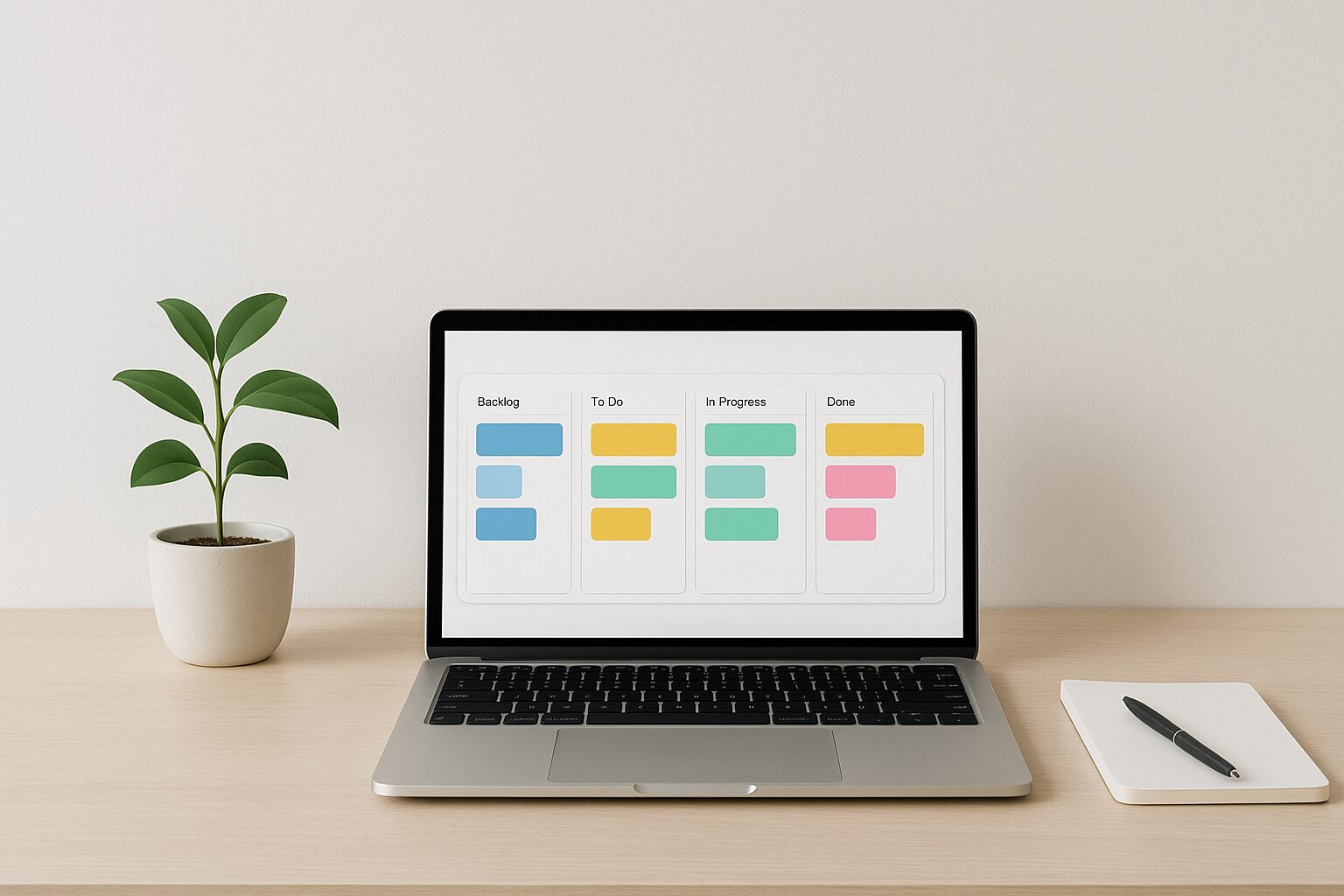Trello vs Favro: The Showdown
When it comes to project management tools, Trello and Favro are two heavyweights that often come up in conversations. Both platforms offer unique features that cater to different project needs, but which one reigns supreme? Trello, with its user-friendly interface and iconic card-and-board system, has become a staple for teams looking to organise tasks visually. It’s perfect for smaller projects or teams just starting with project management.
On the other hand, Favro brings a different flavour to the table. It combines the best elements of agile project management with a bit more depth, offering features like multi-team collaboration and advanced reporting tools. If your projects require robust tracking and metrics, Favro could be the way to go.
While both platforms have their merits, the choice largely depends on your team’s size and project complexity. If you’re part of a small team or working on a straightforward task, Trello’s simplicity might be all you need. However, if you find yourself managing larger projects with multiple teams, Favro’s richer feature set could provide the structure you need.
User Experience: Which One Fits?
User experience is key when choosing a project management tool. Trello’s drag-and-drop interface makes it intuitive and easy to use, even for those who aren’t particularly tech-savvy. You can create boards, lists, and cards in minutes, making it an ideal choice for teams looking to get started quickly.
Favro, while slightly more complex, offers a more comprehensive suite of features that can enhance productivity for those willing to invest time in learning the platform. Its layout allows for customisation that can adapt to your workflow, making it suitable for teams that thrive on flexibility.
However, if you’re looking for an alternative that sits comfortably between Trello and Favro, consider checking out onlinetcards.com. It provides a free project management system that includes Kanban and Scrum boards, making it an excellent choice for teams exploring various methodologies without breaking the bank.
Pricing: Getting the Best Bang for Your Buck
When comparing Trello and Favro, pricing is often a significant factor in the decision-making process. Trello offers a free tier with essential features that suit many small teams. If you need advanced functionalities, their paid plans are reasonably priced and scale according to your needs.
Favro, however, operates on a subscription model that may seem pricier initially but offers more robust features that could justify the cost for larger teams or complex projects. It’s worth assessing how many users you’ll have and what features are essential for your workflow before committing.
For those on a budget or just starting out, onlinetcards.com presents a fantastic free option that combines flexibility with functionality, allowing teams to manage their projects effectively without any upfront investment.
Collaboration Features: Teamwork Makes the Dream Work
Effective collaboration is crucial in any project management tool. Trello facilitates teamwork through its comment sections on cards and integration with various apps like Slack and Google Drive. This makes it easy to keep all communications tied to specific tasks.
Favro takes collaboration a step further by enabling multiple teams to work simultaneously on different aspects of a project while still having visibility into each other’s progress. This can significantly improve efficiency for larger organisations or projects requiring constant updates.
For teams seeking a collaborative environment without the complexities of other platforms, onlinetcards.com also provides features that promote teamwork while maintaining an easy-to-navigate interface.
